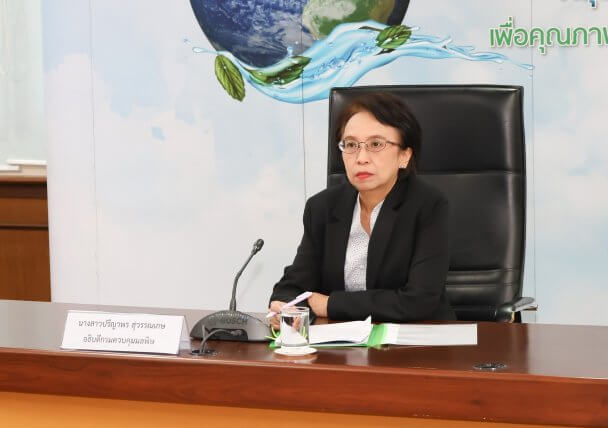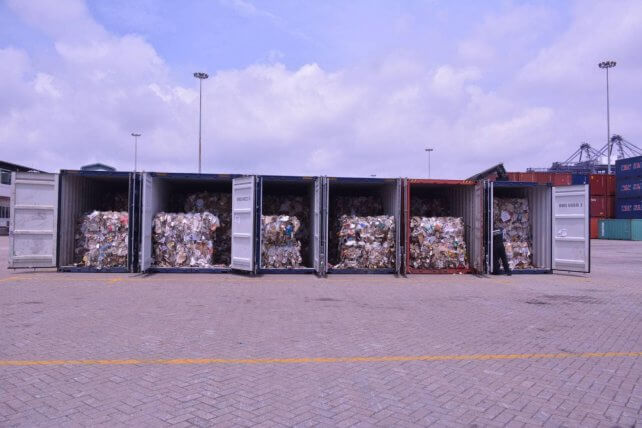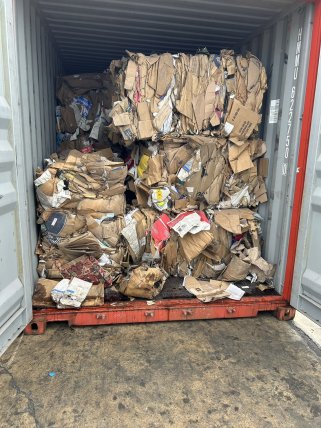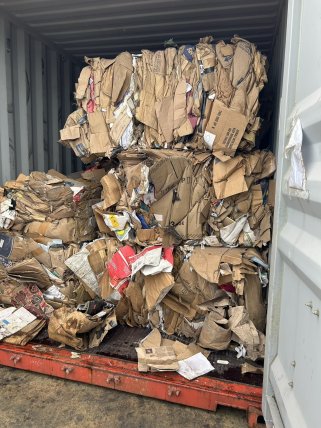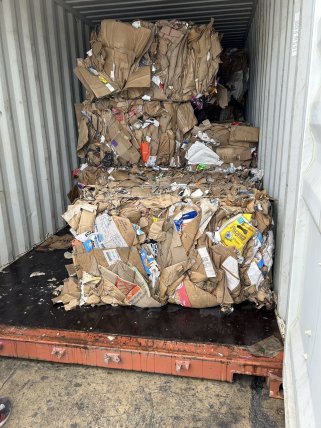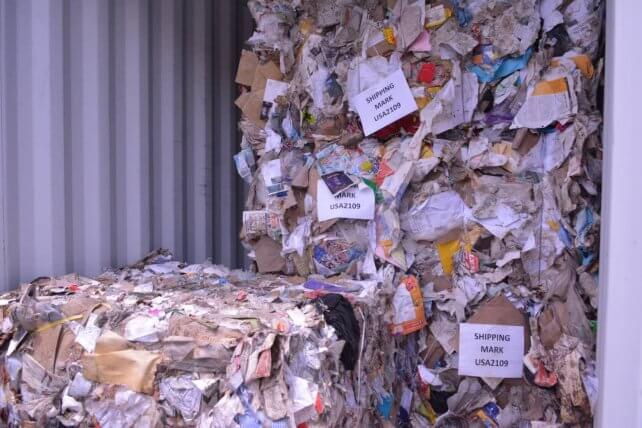
Ms. Preeyaporn Suwanaged, Director General of the Pollution Control Department (PCD), stated that domestically produced paper products are primarily used for local consumption and for packaging goods for export. However, the industry faces a shortage of raw materials—particularly long-fiber pulp derived from foreign pinewood, which is not found in Thailand. As a result, it is necessary to import used paper, classified under Customs Tariff Code 47.07 as “Recovered (waste and scrap) paper or paperboard”. If the imported waste paper is contaminated with other materials such as plastic, rubberwood, textiles, glass, metal, food waste, broken furniture, or other discarded items, it may instead be classified as municipal waste under Customs Tariff Code 3825.10.00. This classification is considered prohibited under the Ministry of Commerce’s Notification dated May 29, 2019, issued under the Export and Import of Goods Act B.E. 2522 (1979). Such items are banned from both importation into and transit through the Kingdom.
Ms. Preeyaporn added that in 2024, PCD, in collaboration with the Customs Department and the Department of Industrial Works, discovered cargo containers declared as containing “Recovered (waste and scrap) paper or paperboard” under tariff code 47.07. However, the contents were heavily contaminated with non-paper materials such as foam, plastic waste, fabric, soda cans, electronic devices, diapers, and used medical gloves—clearly falling under the definition of municipal waste, which is prohibited. To provide clarity for regulatory authorities and importers, PCD has established a working group to formulate control measures and establish criteria for acceptable levels of contamination in imported waste paper. The working group includes representatives from PCD, Department of Industrial Works, Customs Department, Department of Foreign Trade, the Board of Investment of Thailand (BOI), Federation of Thai Industries, and Thailand Institute of Packaging and Recycling Management for Sustainable Environment (TIPMSE).
Recently, PCD has officially announced the “Criteria for Determining Contamination Levels in Waste Paper Imports, B.E. 2568 (2025)”, aiming to serve as a regulatory framework to efficiently manage the importation of waste paper, prevent environmental impact, and promote resource reuse in line with the circular economy concept. This announcement is based on European Union standards, and it prohibits the presence of hazardous chemicals, radioactive materials, infectious waste, and household hazardous waste in imported paper. It also specifies the maximum allowable percentage of non-paper contaminants, such as plastic, metal, glass, synthetic materials, wood, and soil: (1) not more than 2% for sorted waste paper under tariff codes 47.07.10 (kraft or corrugated paper), 47.07.20 (white paper), and 47.07.30 (newspaper), and (2) not more than 3% for mixed waste paper under tariff code 47.07.90, Ms. Preeyaporn said.

